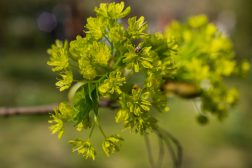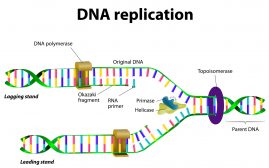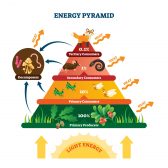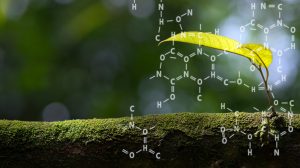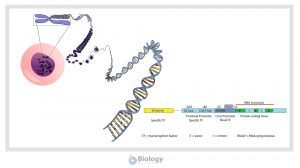Definition
noun
A disaccharide made up of galactose and fructose and produced through a heat process
Supplement
Carbohydrates are one of the major classes of biomolecules. They are classified into monosaccharides, disaccharides, oligosaccharides, and polysaccharides. The simplest form of carbohydrates is a monosaccharide. Combining two monosaccharides by a glycosidic linkage forms a disaccharide. Lactulose, for instance, is a disaccharide made up of galactose and fructose.
Lactulose does not normally occur in milk but forms by heating it. Human consumption of lactulose leads to the softening of stool. It resists digestion since humans do not have the enzymes to break down lactulose. As a result, it is not absorbed in the intestines and it causes water retention by osmosis causing the stool to become soft and easier to pass. Thus, lactulose renders a laxative effect. For this, it is used for treating chronic idiopathic constipation. Furthermore, lactulose in the colon is metabolized by the gut flora. This leads to the acidification of the colonic contents, which in turn, incites the conversion of ammonia (NH3) to ammonium (NH+4). In this regard, lactulose helps in trapping the ammonia in the colon (to be converted to non-absorbable ammonium), and therefore prevent ammonia to diffuse into the blood. Thus, lactulose is also used to treat hyperammonemia, a condition characterized by the presence of abnormally high amounts of ammonia in the blood.
Chemical formula:
- C12H22O11
Also called:
See also:
- carbohydrate
- disaccharide
- galactose
- fructose

